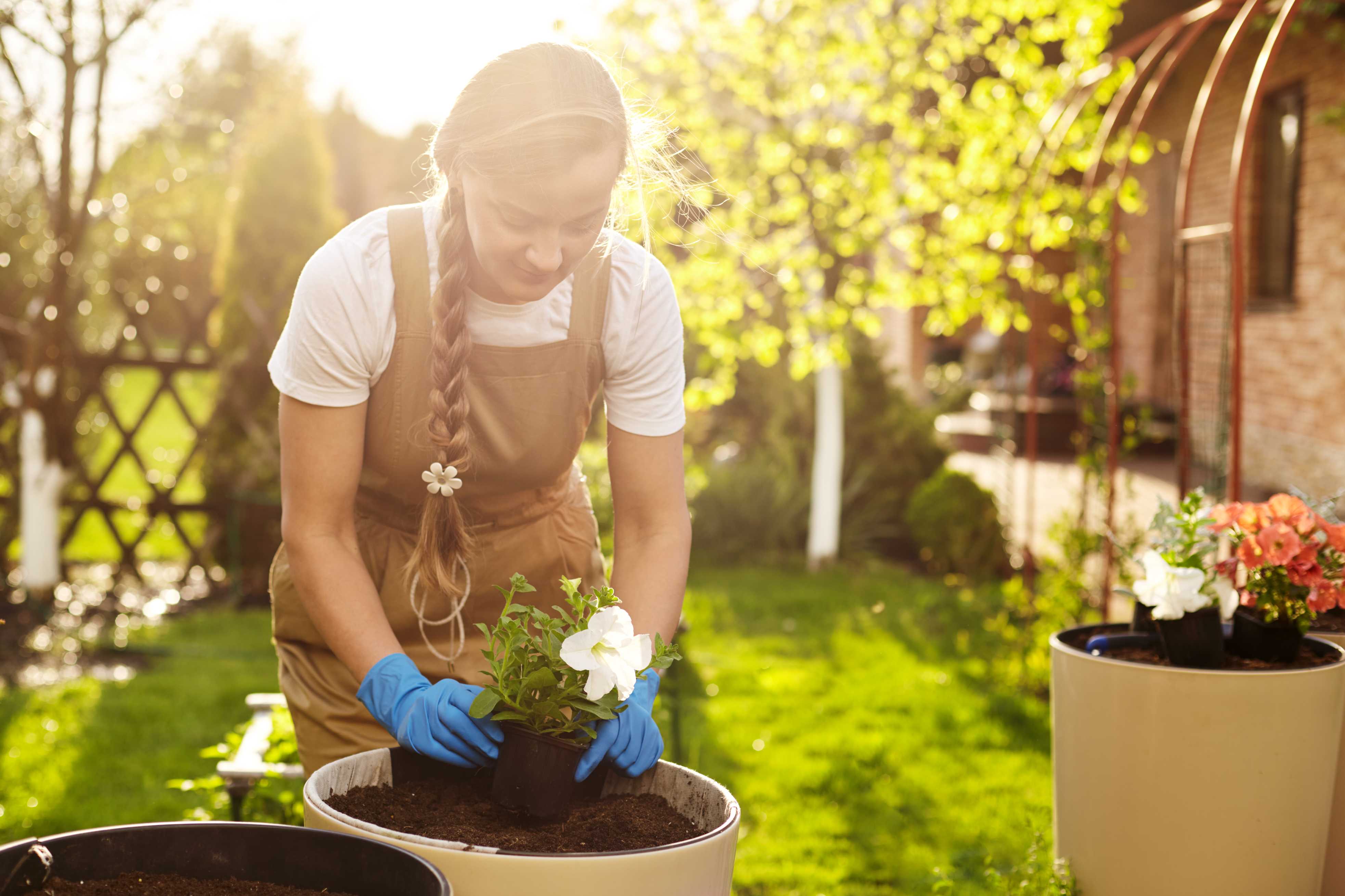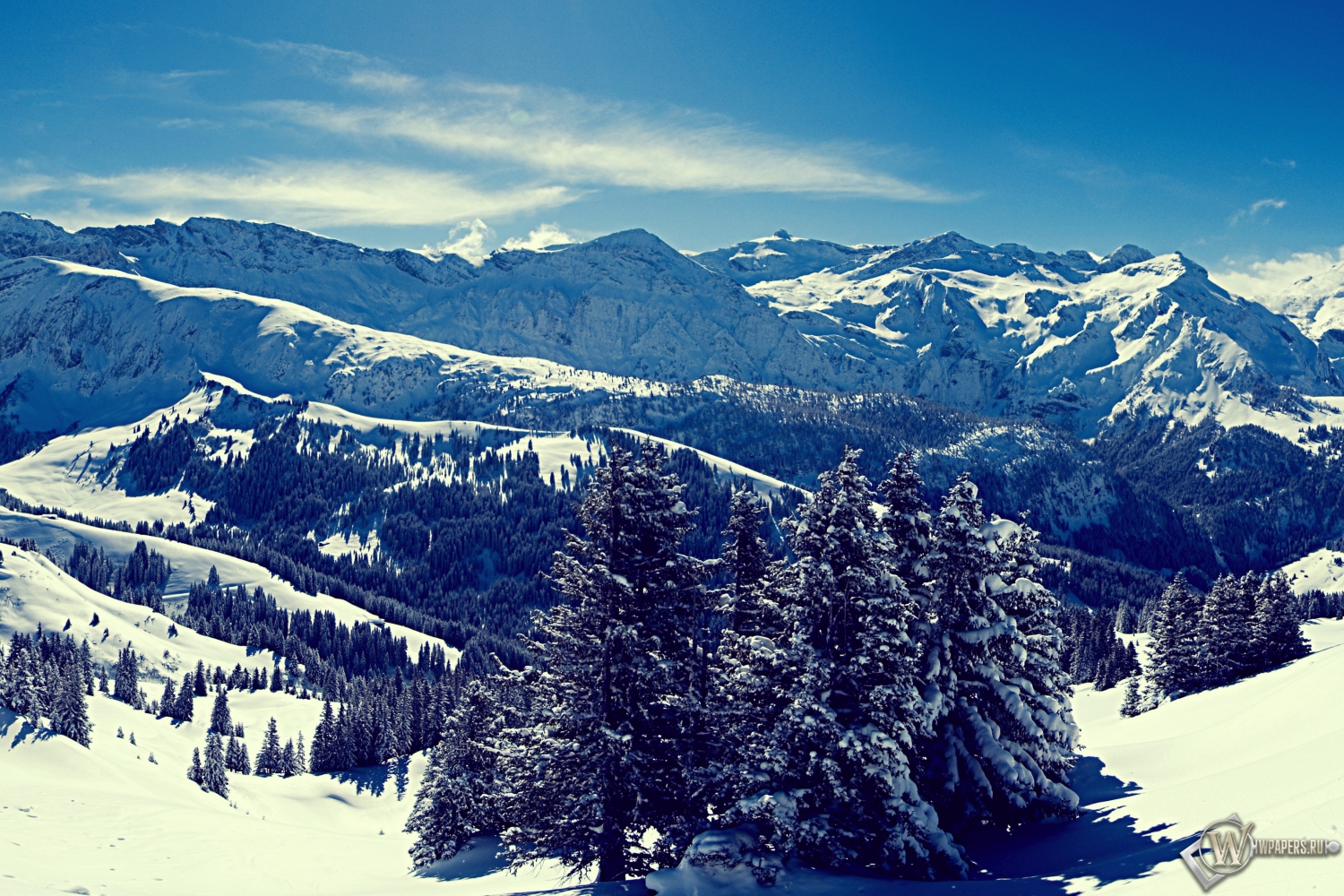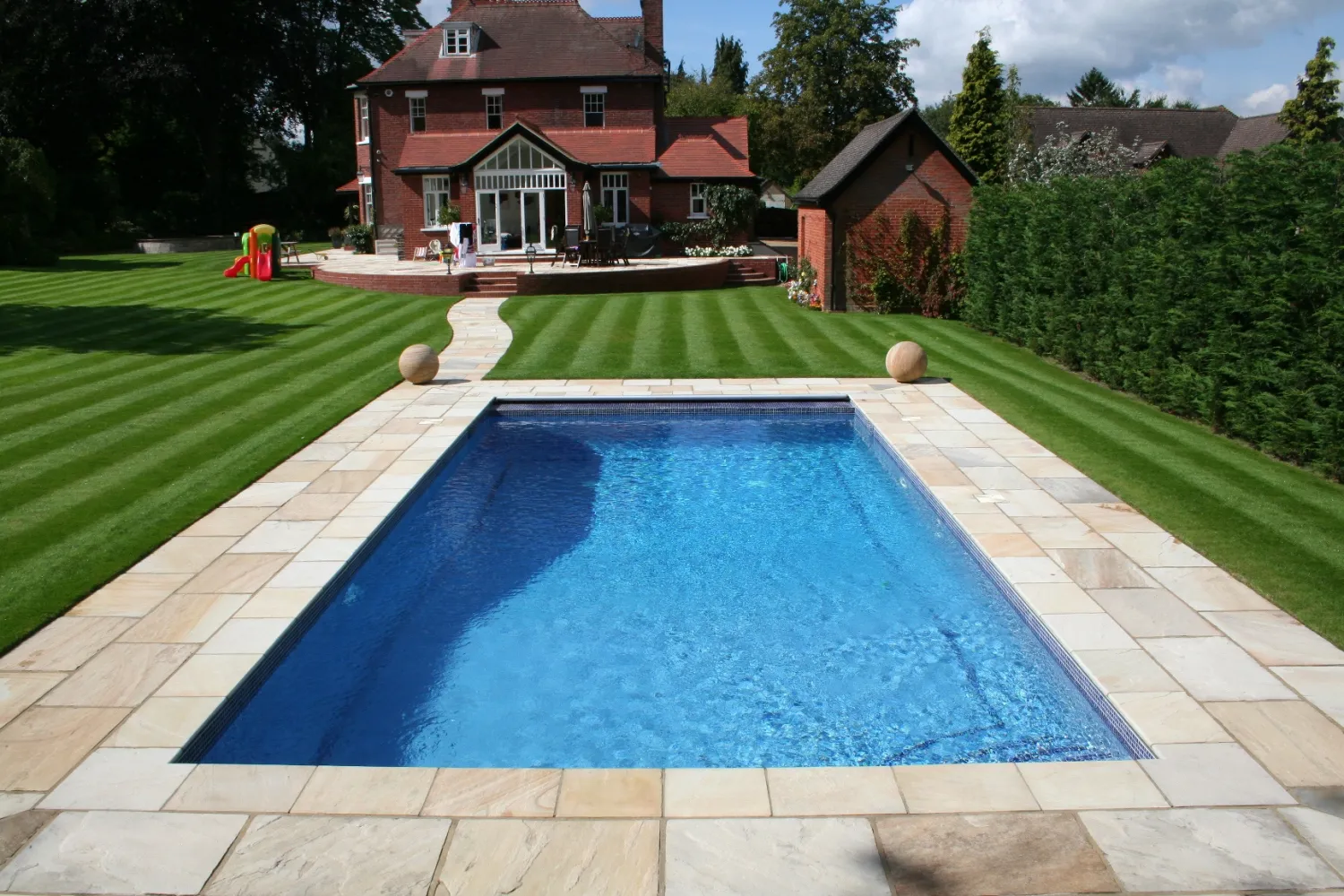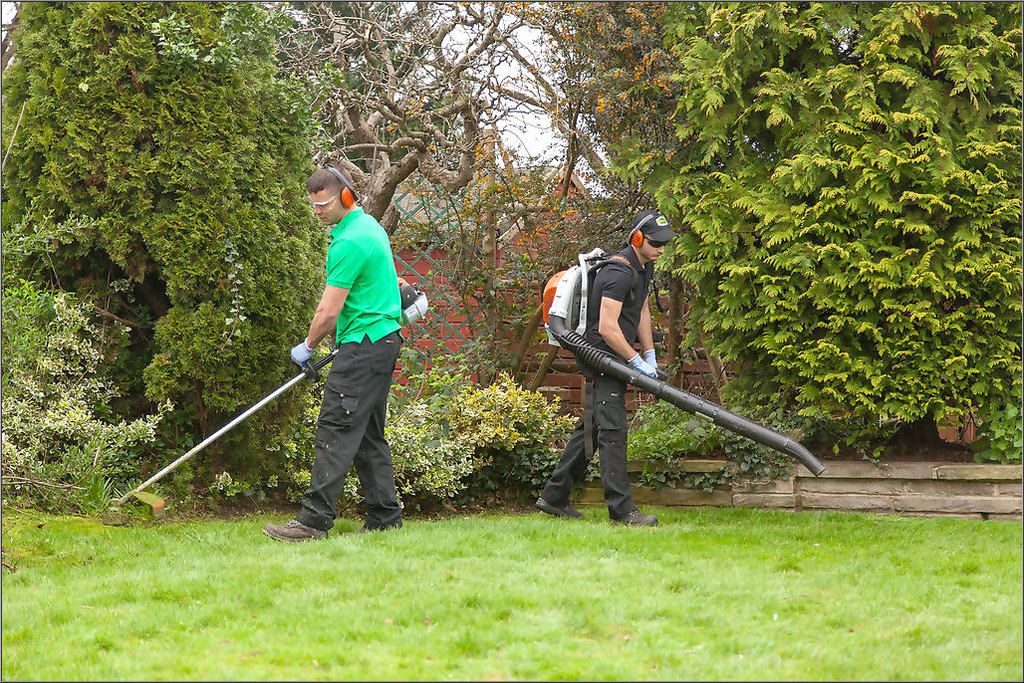When it comes to landscaping, most people think about hardscaping—things like patios, walkways, and retaining walls. But there’s another vital aspect to creating a beautiful and functional outdoor space, and that’s soft landscaping. It focuses on the living elements of your garden, bringing nature’s vibrancy and tranquility into your surroundings.
What Is Soft Landscaping?
Soft landscaping is all about the plants, trees, shrubs, flowers, and ground cover that enhance your outdoor environment. These organic elements work to complement hardscaping features, softening edges and creating a lush, inviting landscape. Think of it as the “living” part of your landscape design—everything from well-maintained lawns to beautiful flower beds and artistic garden arrangements.
Benefits of Soft Landscaping
- Enhances Curb Appeal A well-planned soft landscape can completely transform the look of your home. Strategically placed plants and trees create focal points, add color, and offer an inviting atmosphere that elevates your property’s curb appeal.
- Boosts Property Value A beautifully designed and maintained soft landscape not only makes your outdoor space more enjoyable, but it can also increase the value of your home. Potential buyers are often attracted to well-established gardens, seeing them as a reflection of care and attention.
- Improves Air Quality Plants naturally filter the air by absorbing carbon dioxide and releasing oxygen. Including a variety of trees and shrubs in your soft landscaping can create a fresher, healthier environment around your home.
- Promotes Biodiversity Soft landscaping helps to attract birds, butterflies, and beneficial insects, fostering a balanced ecosystem in your garden. By selecting native plants, you can create a sustainable, eco-friendly space that contributes to local biodiversity.
- Creates a Relaxing Environment The presence of greenery, combined with the colors and textures of soft landscaping, has a calming effect. Whether you’re enjoying a quiet moment in your garden or entertaining guests, the peaceful atmosphere that plants and flowers provide is invaluable.
Essential Elements of Soft Landscaping
- Lawns: A lush, green lawn forms the foundation of most soft landscapes. It offers an open space for relaxation and play, while also acting as a visual base that ties your garden elements together.
- Trees & Shrubs: Trees provide shade and height, while shrubs offer structure and texture. Both are key in defining different zones within your garden and framing views.
- Flowers: The colors and scents of flowering plants bring life to any landscape. From vibrant blooms to delicate perennials, flowers add a personal touch to your outdoor space.
- Ground Cover: Instead of leaving bare soil, ground cover plants like creeping thyme or clover add beauty while preventing weeds and soil erosion.
Soft Landscaping Design Tips
- Go Native: Incorporate native plants into your design to ensure they thrive in your local climate and require less maintenance.
- Layering: Create depth and interest by layering plants of different heights—tall trees in the back, medium-height shrubs in the middle, and lower ground cover or flowers in the front.
- Seasonal Variety: Plan for year-round beauty by selecting plants that bloom or display vibrant colors in different seasons, ensuring your garden is always lively.
- Match Hardscaping with Softscaping: Make sure your plants complement any hard features in your landscape. For example, cascading plants can soften the harsh edges of a retaining wall, while vibrant flower beds can draw attention to a patio.
Final Thoughts
Soft landscaping brings the natural world into your yard, creating harmony between living plants and man-made structures. Whether you want to design a peaceful retreat or increase your home’s value, soft landscaping is the perfect way to breathe life into your outdoor space. The beauty of nature is a timeless feature that never goes out of style!








